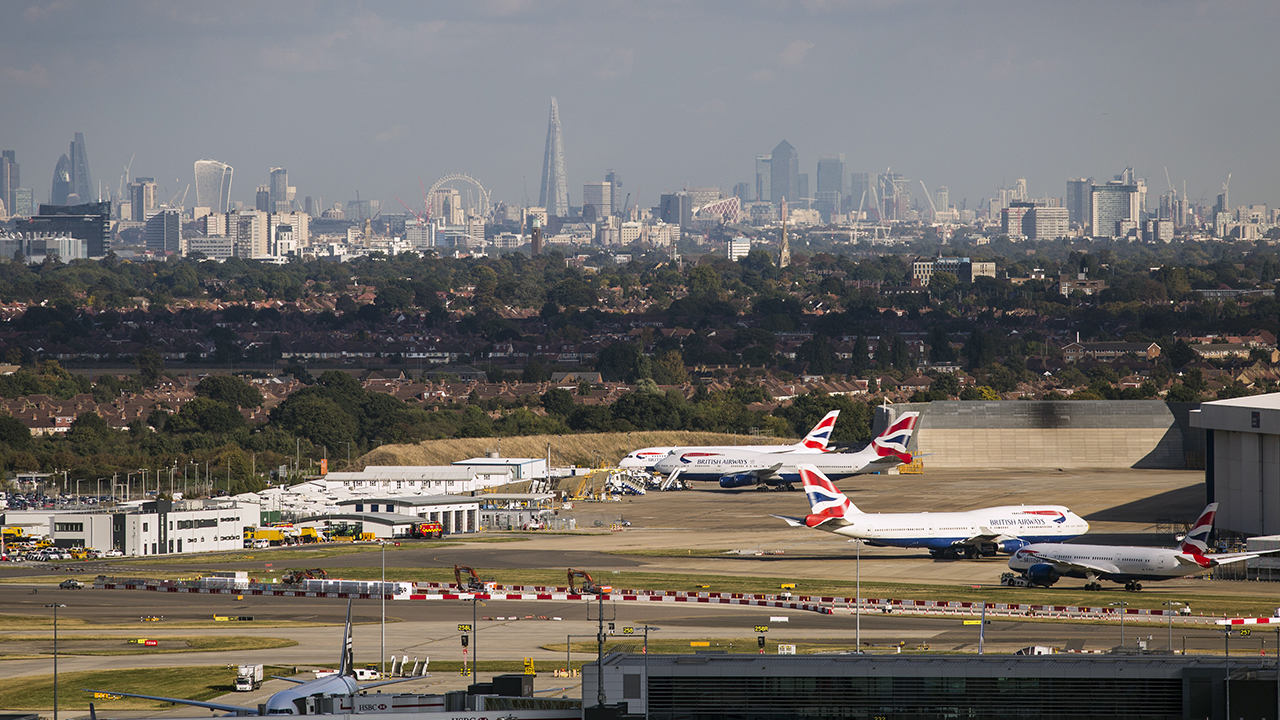Reliability Must Be the New Bellwether for European Supply Chains


 By Rashid Abdulla, CEO and Managing Director, DP World Europe.
By Rashid Abdulla, CEO and Managing Director, DP World Europe.
European supply chains are facing a new era of scrutiny, not just in how they respond to disruption, but in how predictably they perform over time. For business leaders operating across the continent, the central challenge has shifted. The key question is no longer “what is our contingency plan?” but “can we trust the system to work every time?”
That trust, and the ability to plan and invest with confidence, depends on a principle we must now elevate: reliability.
In logistics, reliability should be defined as the consistent and predictable delivery of goods across the supply chain on time, in full, with the visibility needed to support business decisions. It’s not about avoiding every disruption but about ensuring that systems are designed to flex and recover without cascading delays or unnecessary cost.
Resilience isn’t enough anymore. Reliability must be built into the system, not left to chance. It should be a boardroom priority and not an operational afterthought.
Why Reliability Matters More Now
Today’s operating environment in Europe remains complex. Conflict in the Red Sea continues to divert vessels thousands of miles, funnelling additional volumes into ports such as Antwerp and London Gateway. Inland, fluctuating Rhine water levels and uneven levels of digital integration between transport hubs complicate connections to major industrial regions such as those in Germany and Central Europe. On the eastern corridors, manual paperwork processes and infrastructure gaps can still add several days to lead times.
Overlay this with growing geopolitical uncertainty and increased frontloading of imports, and the result is a logistics ecosystem in which the room for unplanned delay is narrowing. While cargo is still delivered, the unpredictability of timing forces businesses to tie up capital in safety stock, delay production schedules, and divert investment away from strategic priorities such as innovation and decarbonisation.
The cost of poor reliability is hard to ignore. It ties up millions in idle inventory, stalling growth, eroding margins and delaying the shift towards decarbonisation. According to J.S. Held’s Global Risk Report, global supply chain disruptions cost businesses US$184 billion annually, while ABB estimates that manufacturers lose US$125,000 for every hour of unplanned downtime.
When these recurring inefficiencies are viewed at scale across an interconnected region like Europe, their impact becomes structural. Making reliability the standard, not the exception, is key to unlocking long-term competitiveness and shared growth.
From Resilience to Reliability
Much of the sector’s response to recent disruptions has rightly focused on resilience – absorbing shocks and recovering quickly. But resilience alone no longer meets the moment. If resilience was the goal of yesterday, then reliability is the one for tomorrow’s logistics sector.
Delivering that kind of reliability requires intentional engineering across the full logistics lifecycle, particularly at the transfer points where cargo shifts between modes, hands, or digital systems. It also requires a mindset shift from reactive adaptation to proactive coordination. Only then can logistics planning align with broader business strategy.
What Reliability Looks Like in Practice
At DP World, we’ve seen first-hand how reliability gains can be achieved by rethinking infrastructure and processes at key junctions in the supply chain.
In Constanța, Romania, a key DP World port, containers arriving by sea are now synchronised directly with rail links to inland terminals such as Aiud, reducing dwell time and secondary handling. Along the Danube, new quay capacity at our operation in Novi Sad, Serbia is designed to maintain operational continuity despite fluctuating water levels. At London Gateway, another major site for the business, a new berth operated entirely by electric equipment supports quick vessel turnarounds while lowering emissions.
Technology also plays a pivotal role. In Türkiye, our remote-controlled cranes and integrated digital safety protocols have significantly improved turnaround times at gates. In Antwerp, biometric pickup systems ensure secure, efficient collection of containers, eliminating bottlenecks caused by miscommunication or manual clearance.
Looking beyond DP World, we see this principle in action elsewhere too. For example, Amazon’s logistics architecture is built for minute-by-minute predictability and in Germany, the country’s rail freight strategy is investing heavily in digital switching to improve timing.
Across all these examples, the through line is the same: reliability is not a by-product of investment, it is the outcome of deliberate design choices.
Measuring What Truly Matters
Europe possesses world-class logistics infrastructure. But its value is often undermined by fragmented standards, disconnected systems, and national-level decision-making that doesn’t always prioritise cross-border flow.
What’s missing is a shared yardstick. For Europe to unlock the next level of logistics performance, we need to measure and reward predictability. Not just within organisations, but across corridors, borders, and modes.
Ports should be evaluated on vessel turnaround consistency. Rail corridors on their ability to deliver shipments to schedule. Customs systems on their real-time processing capacity. These are the metrics that build trust.
Whether it’s a manufacturer choosing where to locate its next battery plant, a retailer determining how much inventory to hold in-market, or a government seeking to shift freight to more sustainable modes, all roads lead to one key question: can we rely on the system?
A New Operating Standard
The goal is not to recreate yesterday’s supply chain, but to define tomorrow’s: one where reliability is engineered from the outset, tracked with the same rigour as cost or emissions, and rewarded in the marketplace.
Europe has the physical assets, the talent, and the experience to lead this transition. It’s time for logistics leaders, policymakers and cargo owners alike to make reliability a shared KPI, because only then will Europe’s supply chain truly become a competitive advantage.
The post Reliability Must Be the New Bellwether for European Supply Chains appeared first on European Business & Finance Magazine.
















































